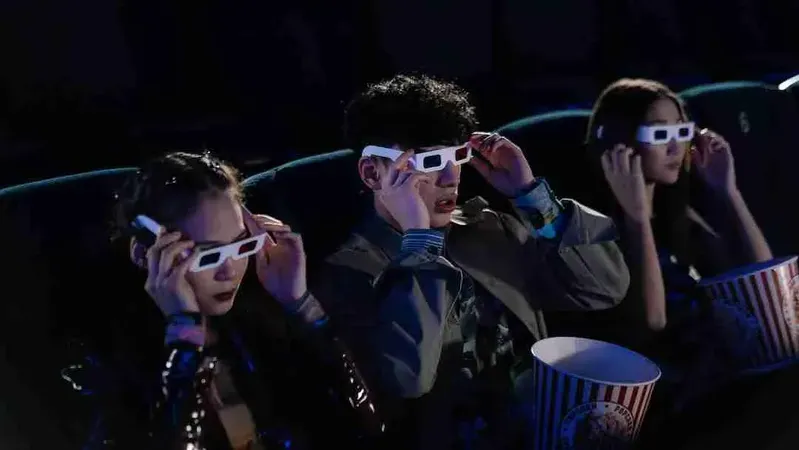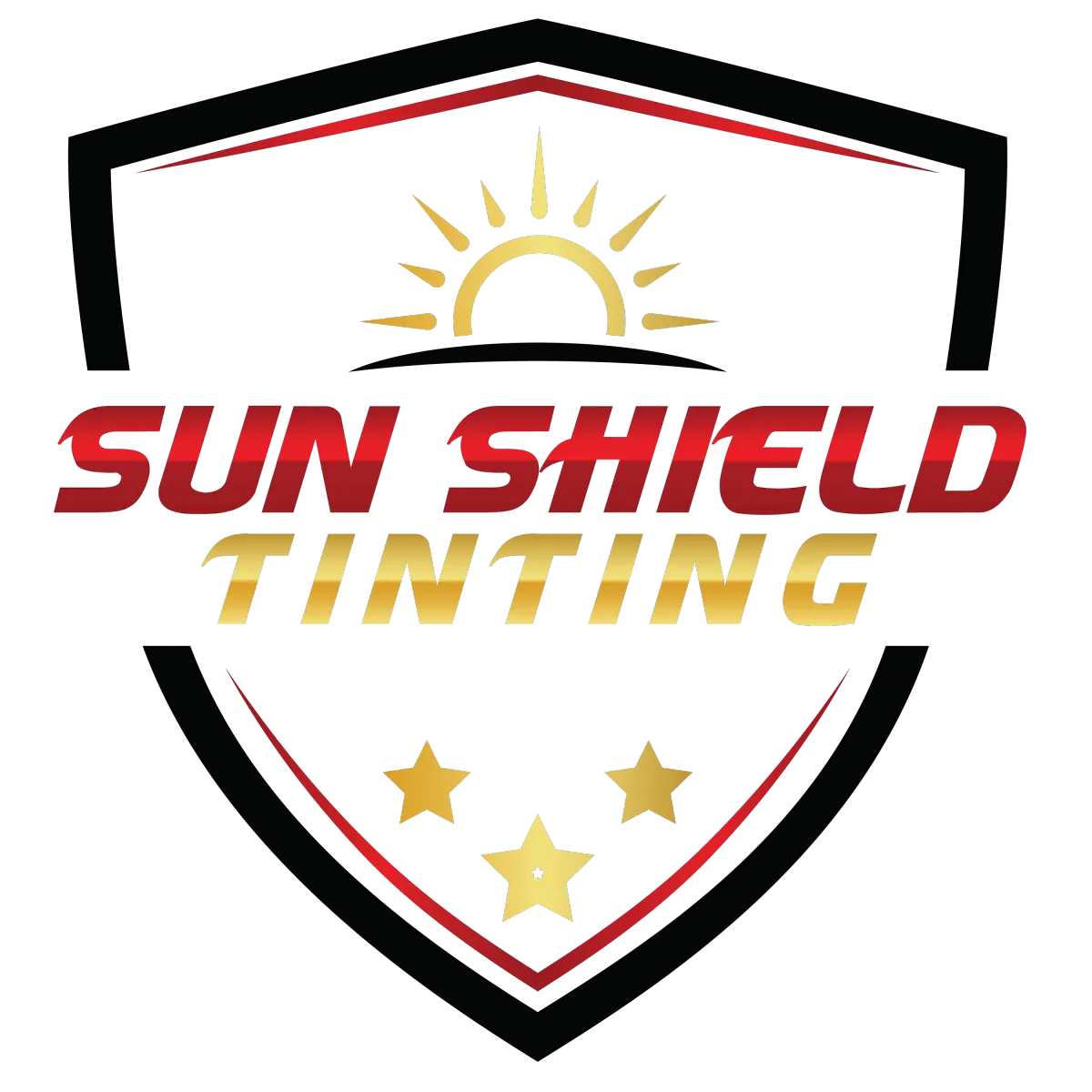Architectural window tint drives energy savings, slashing power bills
Architectural window tint drives energy savings, slashing power bills
Energy Savings
High‑performance tint dramatically cuts year‑round energy costs

Architectural window tint gives overworked Texas air‑conditioning units a break by blocking solar heat before it invades living space. High‑performance films bounce infrared rays outside, keeping rooms cooler with less compressor time. Because tint works passively all day, homeowners and facility managers begin trimming kilowatts immediately. Glaring sun is softened, daylight remains pleasant, and utility statements shrink without cranking up thermostats.
Studies show premium residential window tint can trim cooling costs by up to thirty percent.. On a two‑hundred‑dollar summer electric bill, that’s roughly fifty dollars saved per month. With installation often under twelve‑hundred dollars, break‑even arrives in four to five years, then the coating keeps printing profit. Larger commercial properties reach pay‑back even faster, as expansive glass walls magnify both heat gain and potential savings when tint is applied.

Calculating a Fast Pay‑Back Timeline
To gauge window tint ROI, collect a year of electric bills and total kilowatt‑hours for cooling months. Measure east‑, west‑, and south‑facing glass areas; they absorb most solar load. An installer models savings using film metrics such as solar heat‑gain coefficient (SHGC) and visible‑light transmittance (VLT). A ceramic film with an SHGC of 0.28 can block forty‑five percent more heat than clear glass while preserving views. Most Texas homeowners recoup costs in four summers; glass‑clad office towers often recover investment in under two years, even before incentives.
Institutions pursuing sustainability targets should include HVAC load reduction in calculations. Lower runtime extends chiller life and trims maintenance budgets while slashing greenhouse‑gas emissions tied to electricity generation. Texas utilities frequently add one‑ to two‑dollar rebates per square foot of qualifying film, cutting pay‑back by months. Combined with federal tax credits, these incentives can make tint a budget‑defending necessity rather than a discretionary upgrade.
Tap Texas rebates, incentives for energy‑efficient tint

Texas utilities like Oncor and CenterPoint reward verified peak‑demand reductions, and architectural window tint qualifies because it lowers cooling loads during sweltering afternoons. Property managers submit energy models before and after installation to receive rebates calculated per square foot or per kilowatt saved. Checks typically arrive within two months. Residential customers may access smaller incentives, but combining them with federal tax credits can shave project costs by nearly thirty percent.
Texas utilities like Oncor and CenterPoint reward verified peak‑demand reductions, and architectural window tint qualifies because it lowers cooling loads during sweltering afternoons. Property managers submit energy models before and after installation to receive rebates calculated per square foot or per kilowatt saved. Checks typically arrive within two months. Residential customers may access smaller incentives, but combining them with federal tax credits can shave project costs by nearly thirty percent.

Local electric cooperatives host efficiency contests, awarding bill credits for documented improvements. Keep specification sheets, invoices, and payment proofs—state auditors require them for incentive validation. Schools and municipalities often pair rebates with performance contracts, letting energy savings finance other capital projects.
Meticulous documentation keeps every incentive dollar visible in your return‑on‑investment ledger. Begin by gathering utility bills, film specification sheets, and signed invoices in a single digital folder. Verify that the film’s NFRC label shows a solar heat‑gain coefficient under 0.35—a common threshold for Texas rebate programs—while preserving the visible‑light transmittance required by historic‑district guidelines. Spectrally selective ceramic films often satisfy both benchmarks, blocking heat without darkening glass. Seasoned installers handle the rebate paperwork, schedule mandatory inspections, and attach stamped verification forms, streamlining approval and shortening payment cycles while sparing owners from paperwork mistakes that delay savings or refunds.
Selecting the Proper Film for Efficiency
Choosing the right architectural window tint starts with glass type, orientation, and lighting needs. Clear annealed panes accept most films, but tempered or low‑e glass may need higher‑VLT products to avoid thermal stress. Spectrally selective ceramic films block infrared heat while allowing over sixty percent daylight, perfect for clarity‑minded homeowners. Offices battling monitor glare may favor darker neutral shades with low interior reflectance. Experienced installers present side‑by‑side samples and explain each option’s impact on SHGC, UV rejection, and daylighting.
Film emissivity also matters; lower values reflect interior heat back into rooms during winter, improving year‑round ROI. Align film hues with building aesthetics—bronze complements brick, cool gray suits modern glass. Always confirm local fire‑code compliance and warranty coverage for specific glass configurations. Certified dealers provide documentation packets that streamline permit reviews and reassure inspectors.
Master SHGC, VLT, UV rejection for efficiency
Energy modeling relies on SHGC, VLT, and UV rejection. Lower SHGC equals cooler interiors, while balanced VLT maintains pleasant daylight. High UV rejection protects furnishings from fading. Most product brochures list these metrics side by side, helping owners choose the perfect blend of comfort, savings, and style without guesswork.
Energy modeling relies on SHGC, VLT, and UV rejection. Lower SHGC equals cooler interiors, while balanced VLT maintains pleasant daylight. High UV rejection protects furnishings from fading. Most product brochures list these metrics side by side, helping owners choose the perfect blend of comfort, savings, and style without guesswork.


In Texas’s hot‑dry zone, aim for SHGC below 0.30 on south‑facing glass. East and west façades can tolerate slightly higher numbers if shaded by overhangs or trees. Mixed‑use buildings may target VLT above fifty percent to keep retail spaces bright. Consulting an energy specialist early aligns targets with code requirements and rebate eligibility.
A recent Wayside homeowner installed low‑e ceramic window film with a solar heat‑gain coefficient of 0.25 and sixty‑five‑percent visible‑light transmittance on forty square feet of south‑facing patio doors. Smart‑thermostat analytics recorded a nine‑percent drop in compressor runtime, saving forty dollars during June alone. The twelve‑hundred‑dollar project is expected to recoup its cost in under three Texas summers, while providing cooler floors, gentler daylight, longer fabric life, and measurable relief for an aging five‑ton heat pump, plus brighter living areas during the region’s searing afternoons and heat‑soaked autumn evenings, improving comfort.
Book Your Personalized Energy Audit With Us
An on‑site audit translates glazing metrics into real savings. Sun Shield Lubbock’s team conducts infrared scans, monitors HVAC cycles, and combines findings with film data to deliver a custom report detailing kilowatt reductions and pay‑back. Charts, rebate forms, and style‑matched samples accompany every assessment. Technicians also review shading devices and insulation, showing how modest upgrades like weatherstripping or LEDs can accelerate total ROI when bundled with tint.
Scheduling is simple a phone call secures a ninety‑minute visit. Bring recent utility bills and drawings to streamline analysis. Within forty‑eight hours, you’ll receive cost comparisons for several film options. We handle rebate paperwork and inspections, provide post‑install infrared verification, and offer a five‑year check to document sustained savings for future buyers or investors. Decision‑makers gain clear data to approve work that starts saving on the next electric bill.
Residential Window Tint Return on Investment
Many homeowners hesitate over upfront costs, yet the numbers favor tint. A single‑story house burning twelve‑thousand kilowatt‑hours each year can trim cooling demand by twenty‑five percent, pocketing almost two hundred dollars every scorching summer. With installation around nine‑hundred dollars, the film breaks even in under five seasons and then keeps paying dividends. Add slower furniture fading, quieter compressors, and higher comfort, and intangible gains quickly overshadow the invoice.
Low‑e films repay favor in winter, reflecting interior heat so families drop night‑time thermostats without losing comfort. Stable temperatures relieve allergies, cut furnace cycles, and extend blower life. Impact‑resistant layers can unlock insurance discounts. Add these perks to pure energy savings each month and pay‑back shortens by another year, giving long‑term owners compound returns rivaling conservative bond funds, yet without market volatility.
Commercial Window Tint Long‑Term Savings
Large commercial facilities reap gains far beyond trimmed utility bills. By keeping glass from radiating heat, architectural tint slows indoor temperature rise and postpones chiller staging, sidestepping punitive peak‑demand charges. One regional medical center recorded a sixteen‑percent drop in demand, saving roughly three thousand dollars each month and recovering its entire investment in just twelve. Cooler corridors lengthened air‑handler life, elevator machine rooms avoided critical heat‑wave shutdowns, and security cameras delivered sharper images—ancillary wins that strengthened operational resilience.
Investors view premium tint as a strategic asset that lifts building value while causing minimal disruption. Crews work after hours, so tenants stay productive, and improved ENERGY STAR ratings justify higher lease rates. Some lenders reward documented carbon cuts with lower interest on green loans. Fewer HVAC service calls and happier occupants tighten operating ratios, boosting income. Over a ten‑year hold, these savings and incentives multiply valuation beyond project cost.
Get our latest news and promos


SATISFACTION GUARANTEED

UNPARALLELED SUPPORT
Sun Shield of Lubbock
Social Media
Payments Accepted







